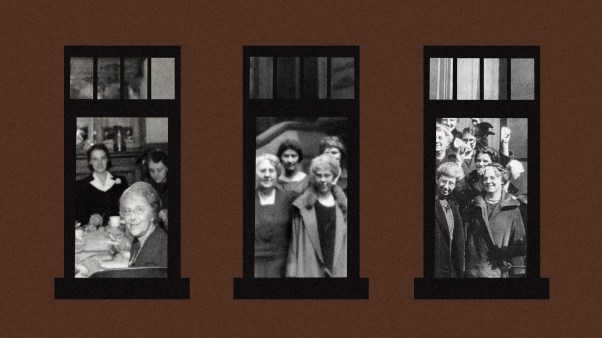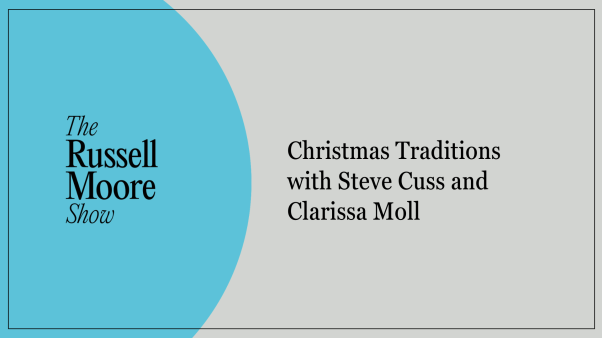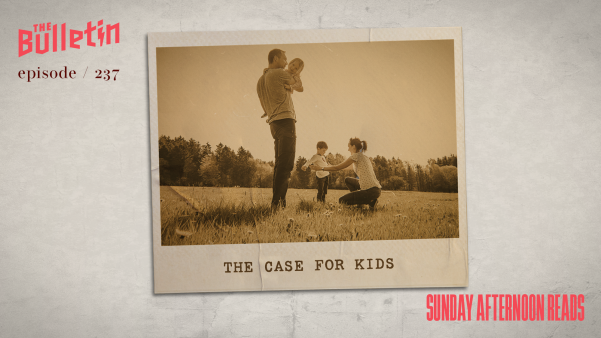Late in the fourth century, a man named Palladius of Galatia left his home (somewhere in present-day Turkey) and journeyed into the Egyptian desert, intent on meeting the ancient monks we now remember as the Desert Fathers. One afternoon, he realized he had wandered into the middle of a monastic community. Although he didn’t immediately see any of the monks, he could hear them chanting psalms from the mouth of every surrounding cave. Describing the experience decades later in a book, The Lausiac History, he recalled feeling as though “one is high above the world in Paradise.”
This story came to mind as I read Reading the Psalms as Scripture, a short work by James M. Hamilton Jr. (a seminary professor) and Matthew Damico (a pastor). This book is not a commentary, a study guide, a devotional, an overview, or even an introduction to the Psalms, though to varying extents it embodies all these genres. Instead, it boldly ventures to say what the Book of Psalms is and to propose we read it accordingly.
As the book’s title suggests, Hamilton and Damico regard the Psalms as a book of Scripture. This point might appear so basic that it’s barely worth mentioning. But Hamilton and Damico mean at least two things by it.
First, the book of Psalms is a book. It is not merely an assortment of songs, like hymns in a hymnal, but a coherent, unified work of literature that we can read in sequence.
This fact easily escapes us. At a glance, the Psalms have no plain order. They are not arranged chronologically: The oldest (perhaps Psalm 90, attributed to Moses) doesn’t appear first. Psalms were not added to the book as they were written. Nor are they organized by author, theme, subject matter, or genre.
There are certain signs, however, that the arrangement isn’t entirely random. Certain clusters of psalms, such as Psalms 1–2 or Psalms 15–24, have long been recognized as discrete literary units.
Hamilton and Damico perceive a unity not only within these smaller units but also throughout the Psalter. This unity had not been agreed upon before the psalms were composed. The authors hypothesize that “David started this process of organizing the Psalter into an intentionally arranged collection, and … it seems that people who came after David completed it.” In this sense it is possible to “attribute” the Psalter to David, even if he did not author every psalm. In fact, it is possible to think of the Psalter as a single, grand psalm: a rhapsody on God’s covenant promises, full of repeating themes and refrains.
Just as we can miss the forest for the trees, so we might miss the Psalter for the Psalms. The Psalter, however, includes material besides psalms—namely, the superscriptions, small headings included for many purposes. Some name the author (as with those that specify, “Of David”). Some convey liturgical instructions (as with Psalm 22, which begins, “For the director of music: To the tune of ‘The Doe of the Morning’”). Others identify the genre of the psalm (as with Psalm 145, “A psalm of praise”) or indicate the historical context behind its composition (as with Psalm 3, “A psalm of David. When he fled from his son Absalom”). Some superscriptions run to multiple lines, while others employ a single word.
Superscriptions are key textual tools for tracing literary units, large and small, within the Psalter. So are the poetic devices the book highlights, like parallelism or acrostic and chiastic structures. Incorporating them into our reading is the first step toward comprehending the Psalms as a unified Psalter.
The crucial next step is ensuring that King David remains at the center. We need not credit him with composing all 150 psalms, but his personality, vision, and biography are their unifying force. In sum, not every psalm is “of David,” but all are Davidic.
We see this in the basic story line proposed by Hamilton and Damico, which unfolds in five stages, corresponding to what biblical scholars recognize as the five “books” of the Psalter. Book 1 (Pss. 1–41) takes its inspiration from David’s suffering under Saul and other historic foes. Book 2 (42–72), from his reign as king. Book 3 (73–89), from the end of his royal line on earth. Book 4 (90–106), from God’s vow of faithfulness to his covenant with David. And book 5 (107–150), from the promised triumph of the Messiah who would bring about its ultimate fulfillment.
When we comprehend this structure, the authors argue, the Psalter emerges as a prophetic document through and through, “written from a messianic perspective, to sustain and provoke a messianic hope.” Seen this way, the book’s prophetic significance extends beyond a select few “messianic” psalms. Indeed, the entire Psalter is a sustained prophecy concerning the king to whom God pledges himself, despite the nation’s schemes. Here, in poem after poem, song after song, we find the unified theology of the Psalms.
In highlighting the Psalter’s prophetic thrust, Reading the Psalms as Scripture has implications for understanding how the New Testament writers used Old Testament passages. Far and away, they cited the Psalms more than any other Old Testament source. By some estimates, the New Testament quotes or alludes to over 100 of the 150 psalms, with Psalm 110 alone inspiring 22 such mentions. All this suggests that Hamilton and Damico are correct to portray the Psalter as playing a pivotal role in stoking and conceptually framing the messianic expectations that prevailed thereafter.
There is a possible pushback to the way Hamilton and Damico emphasize the Psalter’s overall structure. One Old Testament scholar, David Willgren, has argued that the choice of which Psalms to include should take precedence over their order. After all, not all the psalms of ancient Israel appear in the Psalter, and although ancient editions may differ in how they number the psalms, they agree on which ones belong. Seen this way, the psalms themselves, not their sequencing, are the most stable feature of the Psalter.
But the insights of Hamilton and Damico can complement rather than contradict this perspective. What distinguishes their own perspective is the conviction that we should sing the psalms, not merely interpret them. Their ultimate agenda is elevating the Psalter to a central place in Christian formation and the prophetic identity of the church—the same place it held for the New Testament writers.
The second core claim Hamilton and Damico make builds on their first. If the book of Psalms is a book, it is also a book of Scripture. By this, they do not merely affirm the Psalms’ divine inspiration and authority. They also suggest that the Psalms engage other books of Scripture, just as those books engage each other.
The Psalter stands apart from the rest of Scripture as an anthology of songs and poems. Accordingly, most scholars bring it into conversation with songs and poems from other ancient Near Eastern cultures. While this comparative work is fruitful, Hamilton and Damico emphasize that the key literary backdrop to the Psalter is other earlier Scriptures. Like all the Bible’s books, the Psalter, to invoke a term from biblical scholarship, is intertextual: It exists in conversation with Scriptures written before it. It quotes from them, alludes to them, and interprets them, just as later Old Testament books quote, allude to, and interpret the Psalms.
When we combine the two main ideas Hamilton and Damico advance—reading the Psalms as both a book and a book of Scripture—we arrive at their overarching objective: presenting the Psalter as Christianity’s premier “sourcebook for a faithful conception of who we are and how we ought to live in God’s world.” The authors want the church to embrace the Psalms as one of its primary distinguishing marks, just as ancient monks did by chanting them into the howling wilderness.
By emphasizing the Psalter, the authors hardly mean to exclude the rest of Scripture. As Martin Luther taught, the Psalter “might well be entitled a Little Bible, wherein everything contained in the entire Bible is beautifully and briefly comprehended.” Moreover, as Hamilton and Damico take pains to point out, the Psalter is connected to the rest of Scripture and meant to be read alongside it. Even so, it is a unique microcosm of the entire Bible, elevated in song. Unlike, say, a historical book we can reading and understand, a psalm remains unfinished until it is sung. That is what makes it a psalm.
We cannot read the Psalter in the same way we would read any other book of the Bible. On this, Hamilton and Damico are clear. Memorizing is a good devotional practice for, say, a letter of Paul, a section of a Gospel, or a story from Old Testament history. With the Psalms, however, memorizing and singing is how we actually “read” them. To be sure, Hamilton and Damico don’t wish to exclude all other hymns or spiritual songs from the church’s worship. Yet they acknowledge that the Psalms do something these other songs don’t. Once we understand the Psalter as a messianic text whose ultimate subject is Christ, we can see how it defines the church’s prophetic existence within the world.
Through the Psalms, we can reassert our Christian identity in a secular age. “If we know the ‘little Bible’ inside and out, we are on our way to knowing the whole thing,” write Hamilton and Damico. “And if we know the whole thing, we’ll know what it looks like to love the Lord and walk in wisdom, and we will not be lured by the prevailing narratives and vacuous promises of the world around us.”
In this way, the “little Bible” of the Psalter offers a potentially radical approach to Christian formation. Through it, the church can demonstrate to a watching world that its borders are held by not an army but a choir.
Blake Adams is a writer and editor living in Glen Ellyn, Illinois.

















